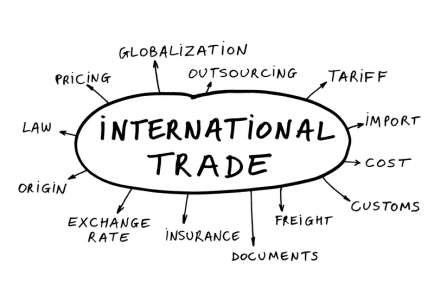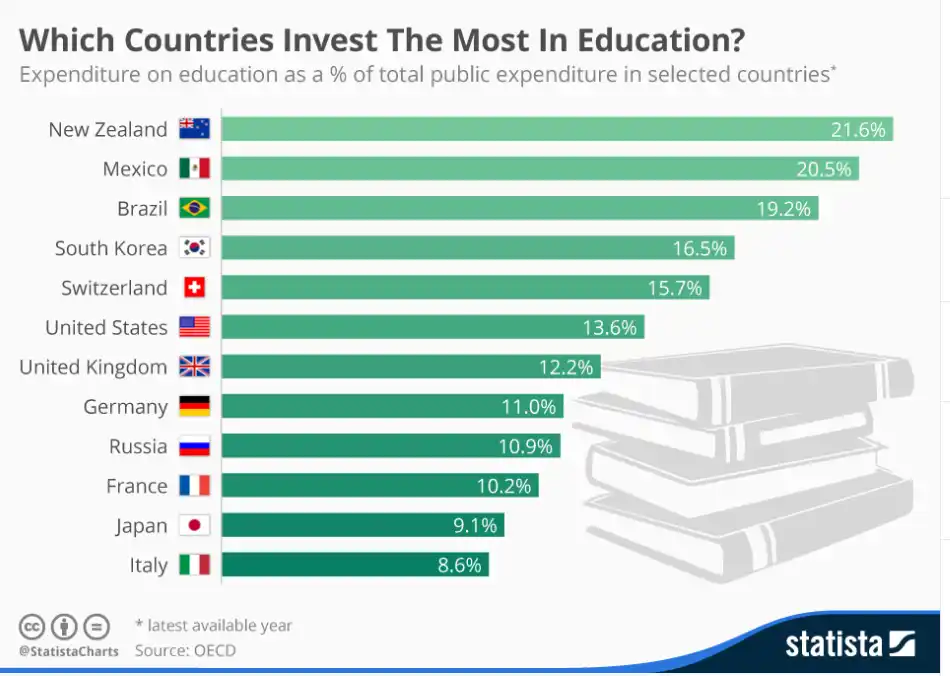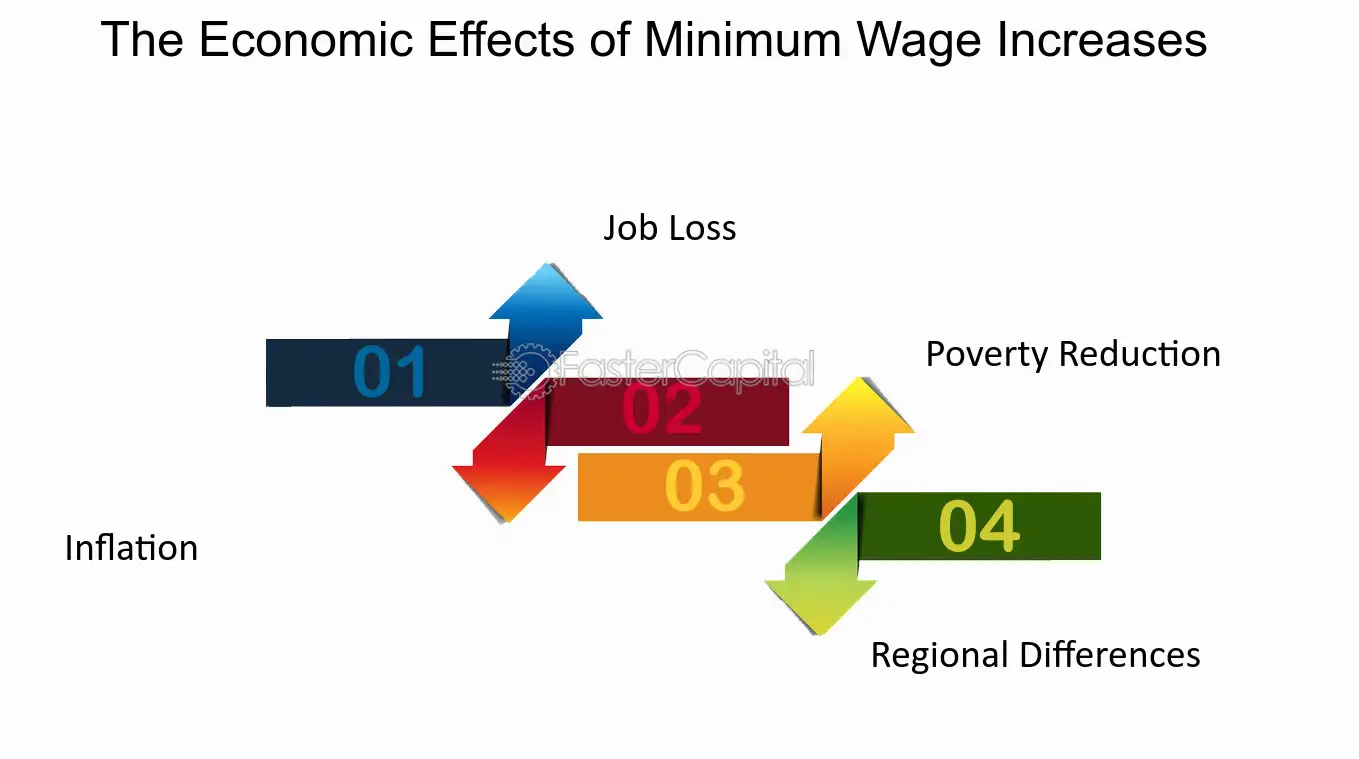International Trade: Key Concepts
Mia Wilson

Photo: International Trade: Key Concepts
International Trade: Key Concepts for Global Economic Understanding
International trade plays a pivotal role in shaping the modern global economy. By enabling countries to exchange goods, services, and resources, it enhances economic growth, fosters international relationships, and offers consumers a greater variety of products at competitive prices. This article delves into the key concepts of international trade, examining its importance, mechanisms, benefits, and challenges. Whether you're a student, a business owner, or someone interested in global economics, understanding these fundamentals will provide a clearer perspective on how international markets operate.
Understanding International Trade: A Brief Background
International trade refers to the exchange of goods and services across international borders. Unlike domestic trade, where the exchange occurs within a single country, international trade involves complex interactions between multiple economies. This cross-border activity has existed for centuries, evolving from the barter of goods in ancient civilizations to today’s sophisticated global trade networks.
Historically, trade routes such as the Silk Road and the Spice Route were instrumental in connecting distant regions and promoting cultural exchange. In the modern era, international trade is driven by technological advancements, trade agreements, and the pursuit of economic advantages.
Key Concepts in International Trade
1. Comparative Advantage
One of the most important principles in international trade is comparative advantage, a theory first introduced by economist David Ricardo. This concept suggests that countries should specialize in producing goods where they have a lower opportunity cost compared to other nations. By doing so, they can trade with others to obtain products they don’t produce as efficiently.
For example, if Country A can produce wheat more efficiently than textiles, and Country B can produce textiles more efficiently than wheat, both nations benefit by trading rather than attempting to be self-sufficient in both industries.
2. Balance of Trade (BOT)
The balance of trade measures the difference between a country’s exports and imports. A positive balance, known as a trade surplus, occurs when a nation exports more than it imports. Conversely, a negative balance, or trade deficit, arises when imports exceed exports.
While trade surpluses can indicate a strong economy, persistent trade deficits may lead to concerns about a country's long-term financial stability. However, trade deficits aren’t always detrimental they can signal strong consumer demand and economic growth in certain contexts.
3. Tariffs and Trade Barriers
Tariffs are taxes imposed on imported goods to protect domestic industries and generate government revenue. Alongside tariffs, trade barriers such as quotas, subsidies, and regulations affect the flow of international trade. While these measures can protect local jobs and industries, they often lead to higher prices for consumers and may spark retaliatory actions from trade partners.
Free trade advocates argue that reducing or eliminating such barriers fosters economic efficiency and innovation. However, critics highlight the risk of domestic industries being overwhelmed by cheaper foreign imports.
4. Trade Agreements and Economic Unions
Trade agreements and economic unions play a critical role in facilitating international trade by reducing barriers and fostering cooperation. Examples include:
- The World Trade Organization (WTO): Oversees global trade rules and resolves disputes between member countries.
- Regional Trade Agreements (RTAs): Such as the North American Free Trade Agreement (NAFTA), now updated as the United States-Mexico-Canada Agreement (USMCA).
- Economic Unions: The European Union (EU) represents one of the most advanced economic unions, promoting free trade among member states while maintaining common external tariffs.
5. Exchange Rates and Currency Fluctuations
Currency exchange rates significantly impact international trade. When a country's currency strengthens relative to others, its exports become more expensive, potentially reducing demand. Conversely, a weaker currency makes exports cheaper and more attractive to foreign buyers.
Governments and central banks often intervene in currency markets to stabilize fluctuations and maintain competitive trade positions. Understanding how exchange rates work is crucial for businesses engaged in international trade.
Benefits of International Trade
International trade offers several advantages, including:
- Economic Growth: By accessing larger markets, businesses can scale operations and increase revenues, contributing to national economic development.
- Consumer Choice: Trade provides consumers with a wider variety of goods and services, often at lower prices due to increased competition.
- Innovation and Efficiency: Exposure to global competition forces companies to innovate and improve efficiency, driving technological progress.
- Cultural Exchange: Beyond economic benefits, trade promotes cultural interactions, enhancing mutual understanding and cooperation between countries.
Challenges and Risks in International Trade
Despite its benefits, international trade presents several challenges:
1. Trade Imbalances
Persistent trade deficits can lead to excessive reliance on foreign capital and mounting national debt. For instance, the United States has faced criticism for its large trade deficits with countries like China, raising concerns about economic dependence.
2. Protectionism
Protectionist policies, aimed at safeguarding domestic industries, can disrupt global trade flows and lead to trade wars. The U.S.-China trade conflict in recent years is a prime example of how tariffs and retaliatory measures can strain international relations and hurt global markets.
3. Environmental Impact
Increased trade activity contributes to carbon emissions and environmental degradation. Transporting goods over long distances requires significant energy, raising concerns about sustainability. Governments and organizations are now exploring ways to make international trade more eco-friendly.
The Future of International Trade
As the world becomes more interconnected, international trade will continue to evolve. Key trends shaping its future include:
- Digital Trade: With the rise of e-commerce and digital services, cross-border trade in intangible goods is expanding rapidly.
- Sustainability Initiatives: Greater emphasis on green trade practices, such as reducing carbon footprints and promoting renewable energy, will influence future trade policies.
- Geopolitical Shifts: Changing political landscapes and emerging markets will reshape global trade dynamics. Countries need to adapt to new alliances and trade blocs.
Conclusion
International trade is a cornerstone of global economic progress, enabling countries to benefit from specialization, scale, and innovation. By understanding key concepts like comparative advantage, balance of trade, tariffs, and exchange rates, stakeholders can make informed decisions in an increasingly complex trading environment.
While trade offers numerous benefits, it also poses significant challenges, including trade imbalances, protectionism, and environmental concerns. Addressing these issues requires international cooperation, thoughtful policy-making, and a commitment to sustainable development.
As global markets continue to evolve, staying informed about international trade dynamics will be essential for businesses, policymakers, and individuals alike.
For You
View AllDiscover how changes in the minimum wage affect the economy, businesses, and workers. Click to explore the pros and cons!
Mia Wilson
Explore Europe with this 7-day travel itinerary. Discover must-see destinations, activities, and tips for a hassle-free European adventure!
Mia Wilson
Learn what international trade is and why it’s essential for global economies. Click for an engaging overview!
Mia Wilson
Improve your heart health with these effective aerobic exercises. Boost your wellness now! Click here!
Mia Wilson
Unlock the benefits of mindfulness meditation for a calmer and more focused life. Start your journey today!
Mia Wilson
Uncover the meaning of an educated guess, how it’s used in problem-solving, and why it’s a critical thinking tool. Learn more now!
Mia Wilson
Health










Education
View All
April 19, 2025
What Is Educational Psychology?
Discover educational psychology and how it enhances teaching and learning processes. Unlock better understanding today!

May 13, 2025
What Country Has the Best Education?
Find out which country tops global education rankings and what sets its education system apart. Discover the secrets today!

May 28, 2025
Should Sex Education Be Taught in Schools?
Dive into the debate about sex education in schools and its role in promoting informed and healthy choices. Share your thoughts!




